Home \ International \ Liebherr’s first battery-powered crawler crane in Asia
Liebherr’s first battery-powered crawler crane in Asia
10/03/2023
Pubblicato da Ettore Zanatta

A handover ceremony to celebrate Gammon Construction taking possession of Hong Kong’s first battery-powered crawler crane was held on 11 January 2023.
Delivered from Austria and with a maximum lifting capacity of 160 metric tonnes, the new crawler crane will be deployed on Gammon’s Terminal 2 Expansion project at Hong Kong International Airport. The crane with an alternative drive system enables a healthier working environment for everyone working on site, and a net carbon saving of nearly 76 metric tonnes CO2e every year. It can also be used in both plugged and unplugged modes, which provides flexibility in its site deployment. In addition, the battery has a short charging time of only 4.5 hours.
“With our unplugged cranes we offer our customers an alternative drive design. As we have already seen with the LB 16 unplugged, the first battery-powered drilling rig, the strategy is a complete success. Strict requirements regarding environmental sustainability in tenders for construction projects increase the demand for advanced technologies. For us, it was clear that we extend and successfully establish the design in further product groups,” says Andreas Ganahl, Managing Director for Sales at Liebherr (HKG) Ltd.
Gammon Chief Executive Kevin O’Brien said, “Gammon believes business sustainability and environmental sustainability are inherently interlinked. Introduction of the first electric crawler crane to Hong Kong demonstrates Gammon’s commitment towards net zero. We look forward to having quieter, cleaner and lower carbon construction sites in the future.”
Under the SBTi commitment, Gammon is setting two targets for 2033: (a) cutting 55% of the company’s absolute energy-related emissions through early site electrification, the deployment of electric plant and vehicles, increased energy efficiency and the adoption of modern methods of construction; and (b) reducing the company’s indirect emissions - mainly the embodied carbon in materials - by 33% through modularisation and reuse of structural steel, lower carbon concrete mixes, procurement of lower carbon steel, optimised material usage through design and construction methods, and selection of alternative materials with a lower carbon footprint.
Last year, Gammon also introduced CarbonCure technology to Hong Kong, whereby carbon dioxide is injected into concrete to help reduce its carbon footprint. The construction company is pleased to be an industry frontrunner in the adoption of green construction technology

Ultime notizie di Liebherr Italia
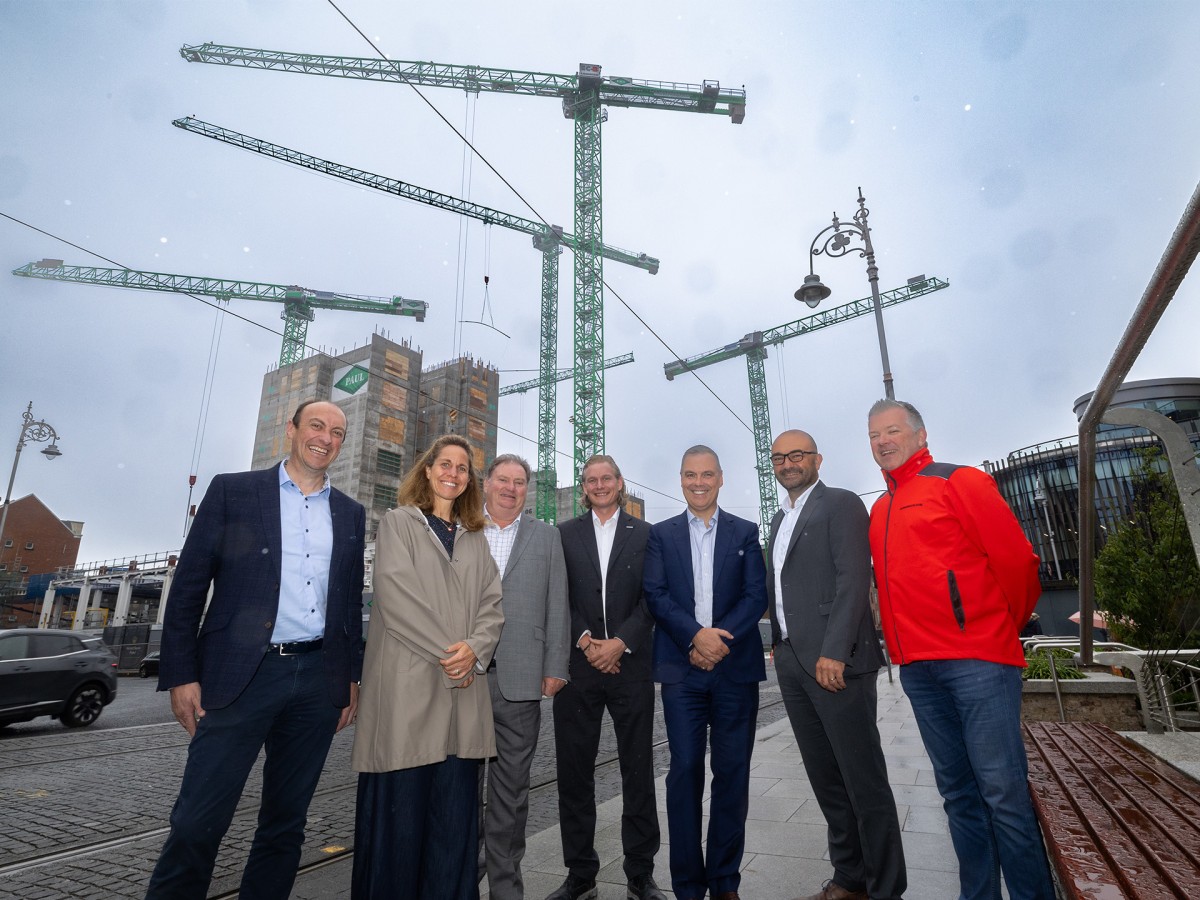
Lifting
19/11/2024
Liebherr Tower Cranes and John Paul Construction celebrate 50 years of partnership
Irish construction company John Paul Construction is celebra...

Lifting
29/10/2024
Wertz-Autokrane takes delivery of Liebherr LTM 1110-5.2 mobile crane
– The new 110-tonne crane complements the Wertz crane fleet...
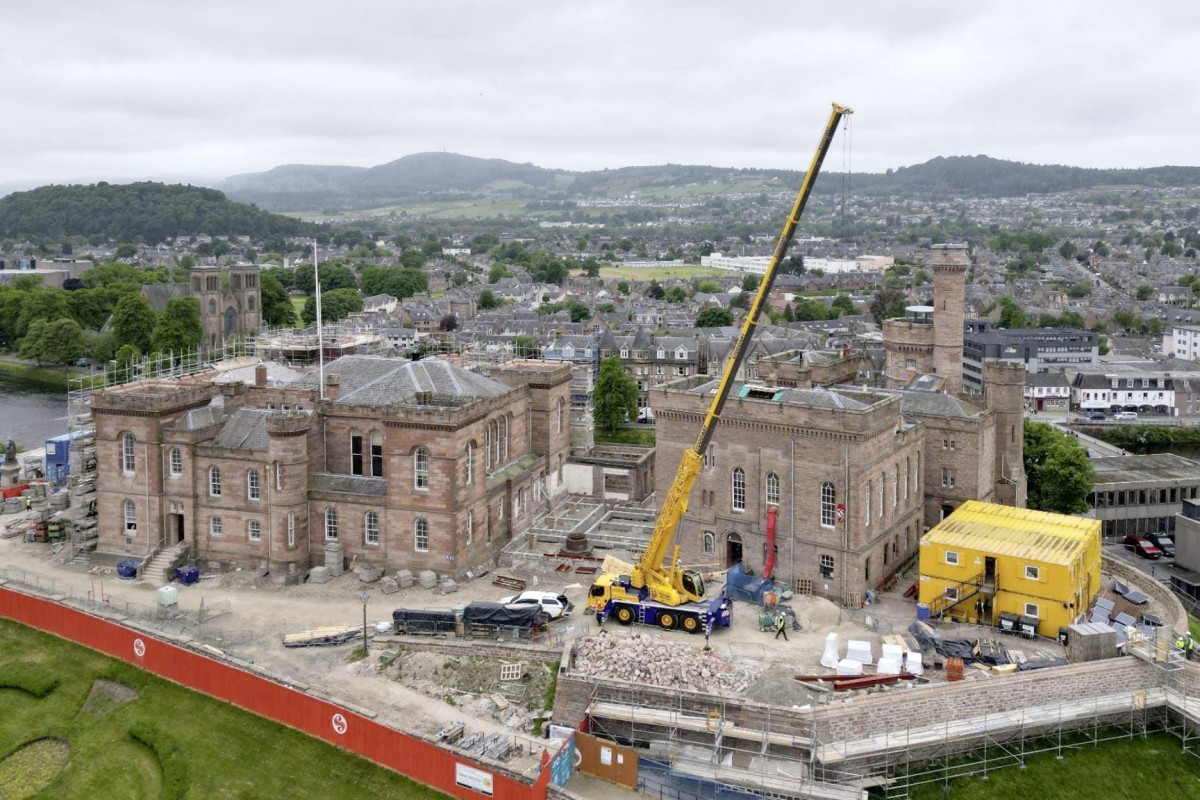
Lifting
23/10/2024
New Liebherr mobile cranes for Scotland
To mark its 20th anniversary, Stoddart Crane Hire gave itsel...
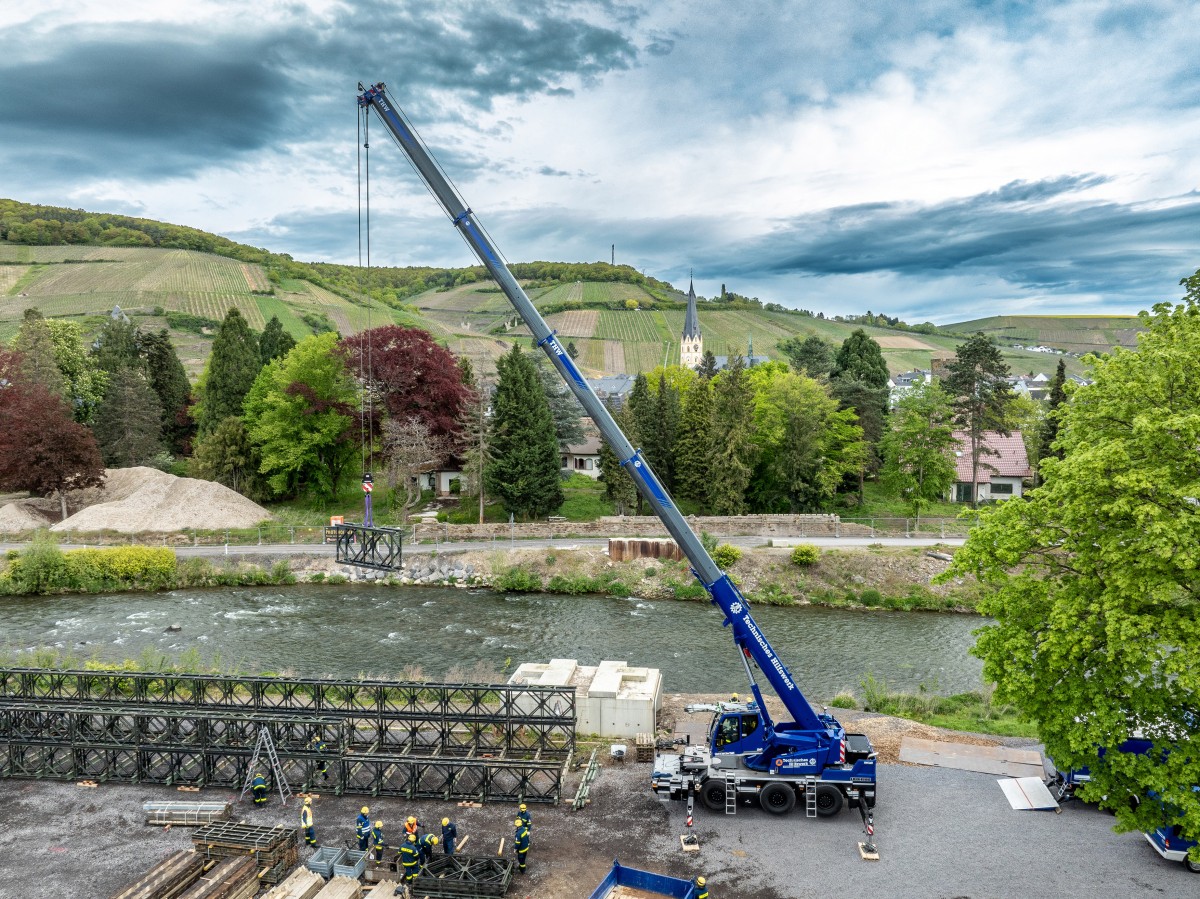
Lifting
17/10/2024
German Federal Agency for Technical Relief places its trust in Liebherr compact cranes
The German Federal Agency for Technical Relief (THW) placed...

Lifting
14/10/2024
S.A.S Group expands Liebherr crane fleet
S.A.S Group expanded its Liebherr crane fleet with LTM 1300-...
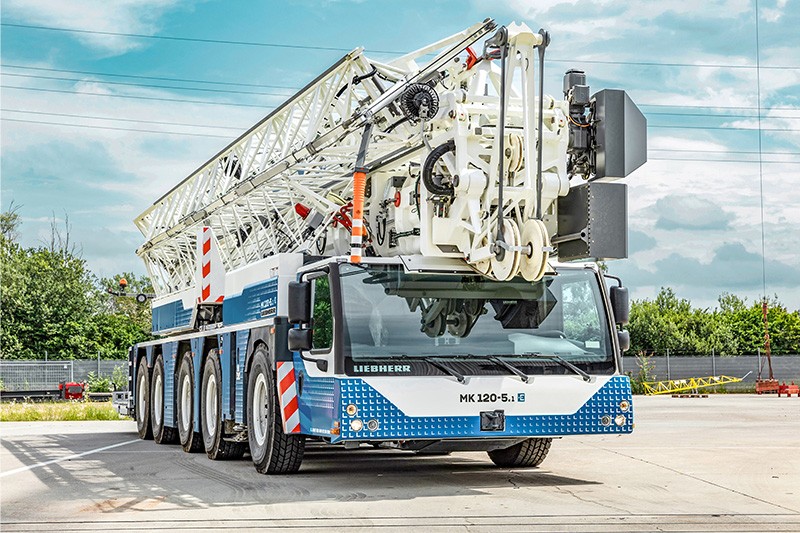
Lifting
04/10/2024
Liebherr’s mobile construction crane range is expanding
MK 120-5.1, now available to order, is an agile five-axle mo...
Altri International
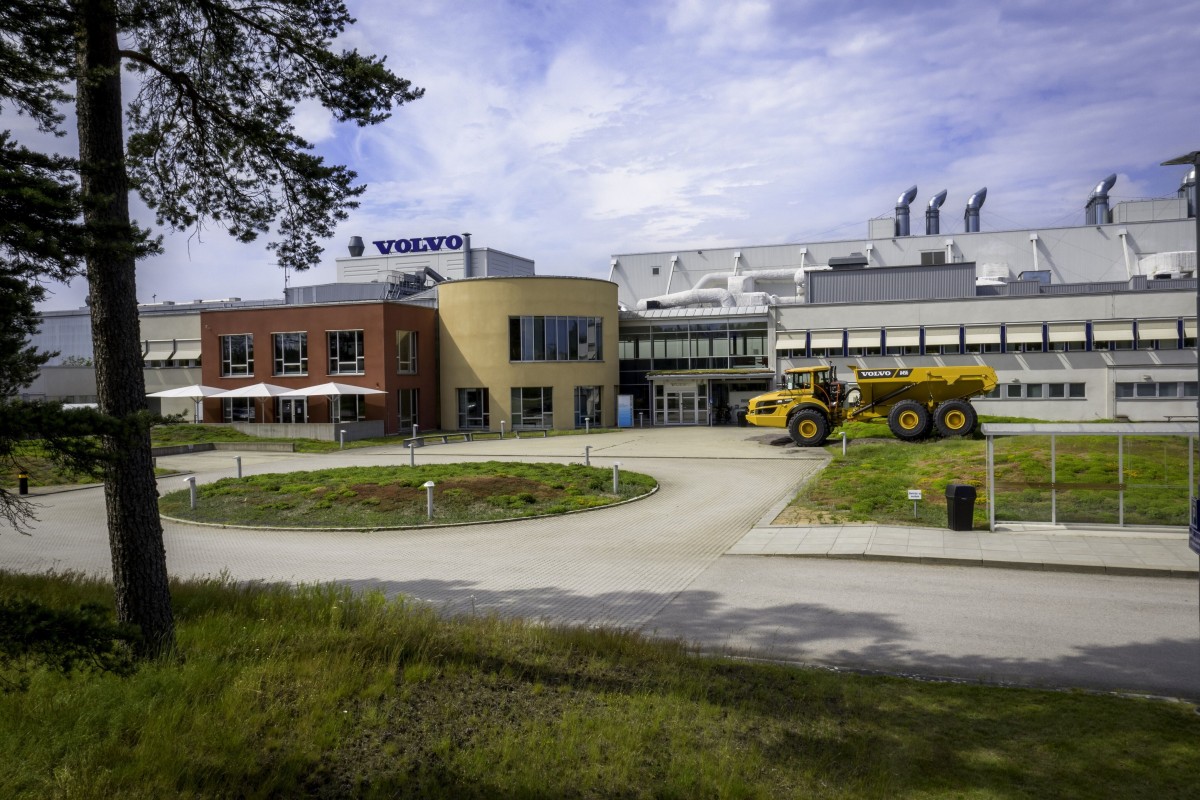
International
27/11/2024
Home of Volvo Construction Equipment’s pioneering articulated haulers advances to Climate Efficient Site
As one of the construction industry’s most active drivers of...
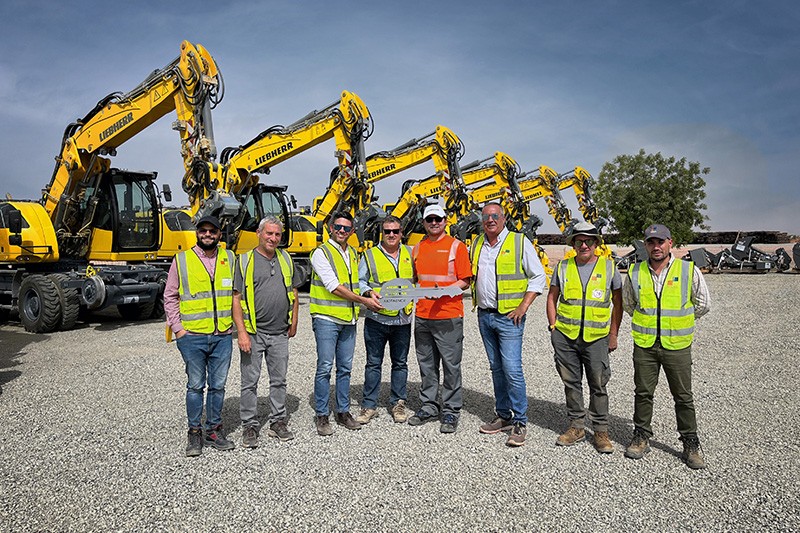
International
26/11/2024
Mota-Engil orders 10 Liebherr railroad excavators for a major project in West Africa
The Portuguese construction company Mota-Engil has once agai...
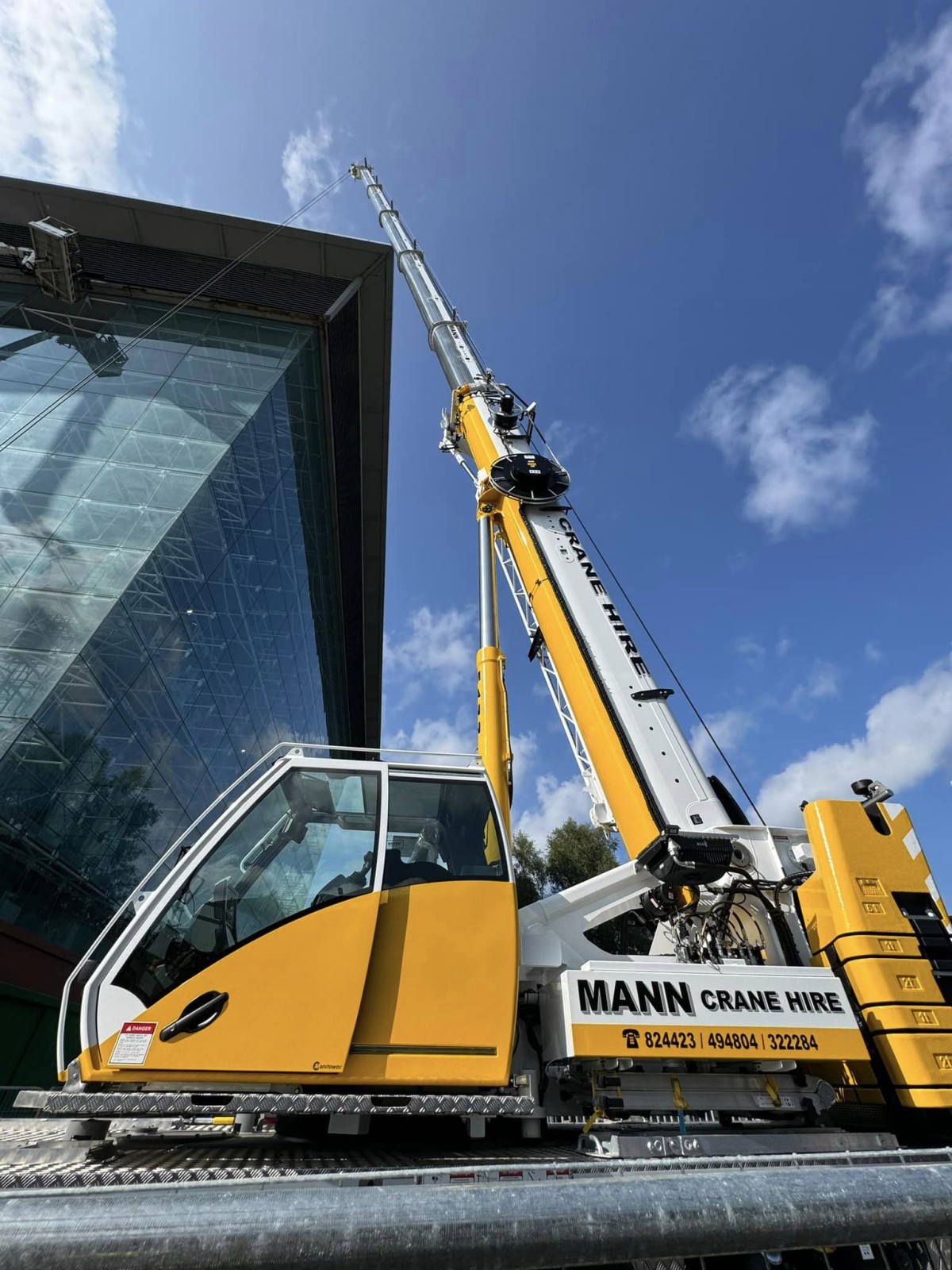
International
25/11/2024
New Grove GMK3060L-1 drives busy schedule for Mann Crane Hire
• Mann Crane Hire selected the GMK3060L-1 for its class-lead...
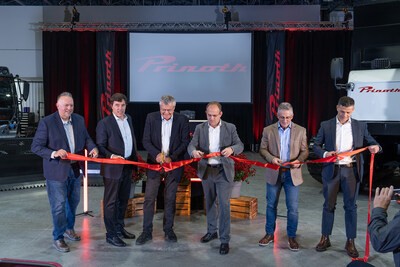
International
25/11/2024
Prinoth Unveils Expanded Production Facility in Granby, Canada
Prinoth held an event to announce the official opening of it...

International
23/11/2024
GPMat International takes delivery of two Raimondi T147s residential development in the South of France
- Official agent of France expands its product lineup with t...

International
22/11/2024
Sarens acquires additional SCHEUERLE SPMT K24 modules
renowned for its expertise in crane rental services, heavy l...







































